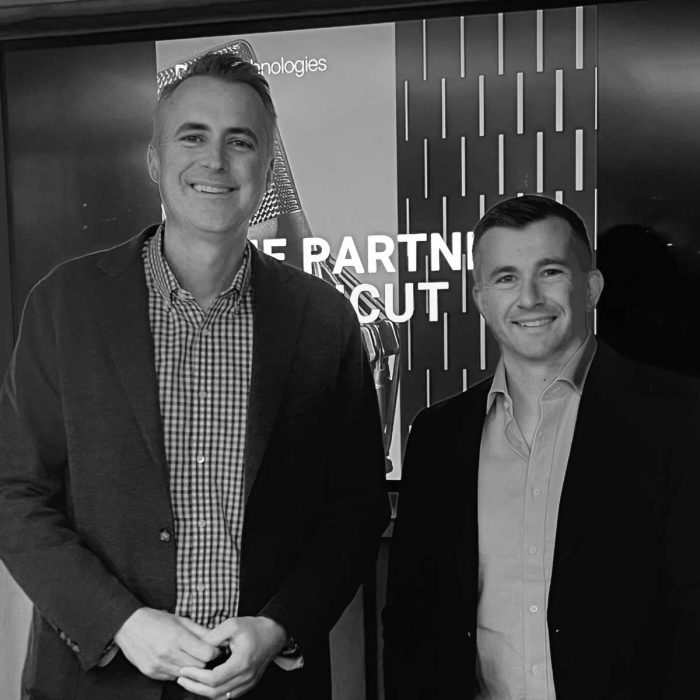Hybrid Cloud Deep Dive: An On-Premise and IaaS blend
In our previous iteration of the Hybrid Cloud deep dive we talked about the hybrid IT use case that leverages your data centre providers cloud services product portfolio to supplement capacity and capability of your Macquarie Cloud Services (MCS) colocation footprint. We also mentioned this is somewhat dependent on your colocation provider having these capabilities. MCS certainly does provide this solution construct, which is something discussed in depth with organisations deeply entrenched in colocation as being a matter for serious consideration.
Unique Footprints
In that context, we classify 3rd party data centre footprints and customer on-premise infrastructure in a similar, but not same light… Why you ask?
If my infrastructure is housed in a 3rd party data centre I have one likely advantage. With the advent of high-bandwidth, inter-datacentre network providers, often able to offer short (month to month) contracts you can now procure rapidly, and economically, inter DC bandwidth, giving you a get out of jail free card (well almost free by telco standards). In short, you could enjoy “LAN-like” experience at a palatable cost between most of the major data centres to facilitate a hybrid IT outcome via someone like Megaport. On premise has one fundamental difference. Chances are you aren’t housing a high bandwidth carrier interconnect or point of presence. This means you’re now subject to an entirely different conundrum. Network (/telecommunications) services are less flexible, lower speed links at substantially higher costs. So what does that mean for your hybrid IT adoption? It means you have to pick your battles to ensure end user experience is, if not improved, at least constant and any implementation is a step in the right direction, rather than another cleanup project that you need to add on the list. Don’t dig the hole deeper!
Service adding value
On that note, let’s look at the specific on-premise use case and how some very common problems can be solved using “as a service” offerings, where the adoption is a step in the right direction, rather than a quick fix which can in turn lead to a future mop up job. The easy wins are use cases that are latency tolerant.
These are often the data tricklers (spellcheck indicates I just invented that word… so be it!). Backup data archiving to free up on-prem backup repository capacity for shorter-term backup sets for ever growing source datasets – and its offsite as a bonus.
Replicated datasets for filer type repositories where snapshotting can be more effective than traditional backups (and provide a DR capability at the same time – see where I’m going here?)
Even a simple scale out use case for Network Attached Storage (NAS) that utilises tiering policies based on frequency of access means you can seamlessly (from an end user perspective) extend capacity beyond your on-prem filer infrastructure and avoid increasing the physical footprint mid write-down (and avoid any additional CAPEX).
Siloed compute workloads with different user requirements. An example here might be to free up production compute and storage resource (that’s housed on-prem) you migrate all non-prod (DEV/UAT etc) workloads to a cloud platform like MCS LAUNCH. You could then enjoy a non-prod environment that reduces any risk of production system interruption or outage (by being removed from the equation) that, if planned correctly, can also double as a disaster recovery environment site that your team already familiar with and uses every day.
Source side deduplication features in backup software also mean that adopting remote backup (as a service) isn’t as bandwidth hungry as you may expect and may avoid backup software or hardware maintenance renewals that will only delay your cloud adoption. In many cases, where customers aren’t looking to re-platform their backup system front end (the software) we can simply provide highly scalable, very economical offsite backup data repositories.
Final thoughts
It’s not exactly rocket science and you could probably pigeon hole this type of solution as Mode 1 Hybrid. A way of extending the useful life of existing assets whilst removing the constraints of capacity which are the most common negative side effects of in-house/on-prem infrastructure deployments.
And hey, given the current climate, extracting the most out of your depreciating assets should be high on the list of evaluation criteria.





